If you click on a link and make a purchase we may receive a small commission. Read our editorial policy.
Dan Da Dan's most emotionally devastating sequence proves that sometimes words aren't necessary
Like Pixar's Up, Dan Da Dan manages to break your heart without saying a word.

Popverse's top stories
- The Popverse Superfan presale for C2E2 2026 celebrity photo ops and autograph is here - here's everything you need to know
- “Acting is a contact sport”: Actor/director Bryce Dallas Howard on stunts, safety, and chasing adrenaline
- The Popverse Superfan presale for ECCC 2026 celebrity photo ops and autograph is here - here's everything you need to know
Since we’ve been able to record dialogue on film, it has become an integral part of the watching experience. Yet there is something to be said for the liberal use of silence; sometimes, knowing when to shut up and let the animation do the talking can give a scene even greater impact. Fans who have been keeping up with Dan Da Dan know this all too well, and this week's Popverse Jump is ready to talk about the way in which episode seven delivered the emotional gut punch we’ve been waiting for without saying a word.
It takes some guts (and some trial and error) to spend nearly a quarter of an episode without any dialogue, but Dan Da Dan manages it nearly perfectly in this episode. Taking a page out of Demon Slayer’s book, we’re treated to the tragic backstory of the Acrobatic Silky that Ayase and Okarun had just beaten. Most importantly, we discover why she was so obsessed with capturing Aira – she believed the girl was her daughter when she was alive.
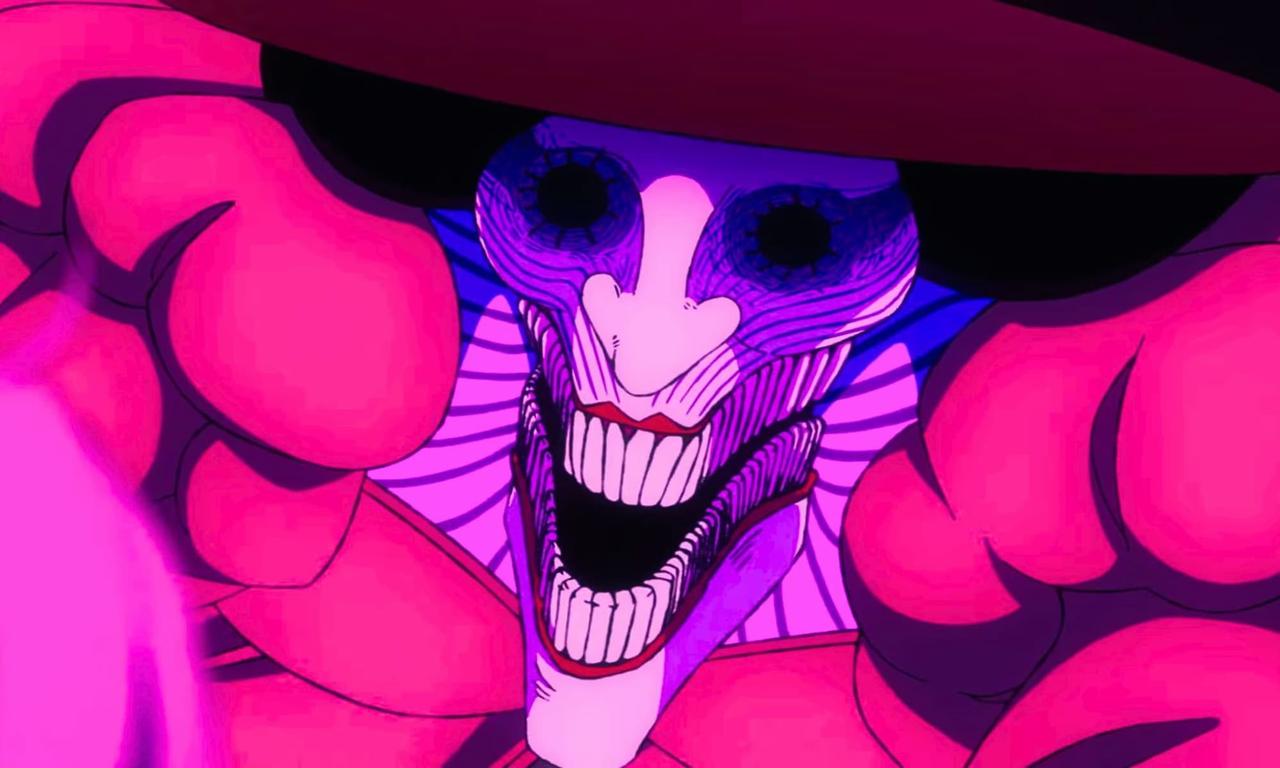
The sequence is a little over six minutes long and features only a few lines of dialogue, yet it manages to tell the story of a mother working tirelessly as a janitor during the day and a sex worker at night to take care of her beloved daughter. We see her devotion. Her dedication to providing for her child. Her almost feral need to protect her daughter from a world that is cruel and uncaring. We learn all this about her despite the unnamed woman saying just a few words near the start of the sequence.
While the manga wraps up this story in a few pages, Science Seru expanded the sequence, adding more meat to it and forcing us to linger on it longer. This is the advantage animation can have over comics; the director, not the viewer or reader, chooses how long we have to sit there and endure the pain on the screen.
It is a technique that can pay off in a big way. One of my favorite Pixar scenes ever is the opening sequence in Up, which tells the of Carl and Ellie as they navigate life’s ups and downs together without saying a word. It is decidedly more Disney-friendly set-up, but the result is the same; we get an entire story with much dialogue. The animation and music do the heavy lifting to create a scene that stays with you longer and hurts more when it inevitably comes to a tragic end. It is so effective that Pixar used it in Wall-E and several of their short films through the years.

Why do these sequences work so well? Partly because of (rather than in spite of) the lack of dialogue. Music and pictures are a more logically abstract medium, forcing viewers to fill in the narrative gaps and allowing them to form a more emotive connection to what they are seeing. By contrast, dialogue is a logically concrete form of storytelling, more efficient but less emotive. In writing, this is known as “show, don’t tell,” but here we see it taken to the extreme. We’re forced to extrapolate what is happening, and our imagination can be a scary thing. We're forced to imagine ourselves in that situation, building empathy with the characters that is greater than if they had come out and just told us their tragic backstory.
As well as music that builds toward the climax, the best examples of this rely on known images that don’t require dialogue. The Acrobatic Silky doesn’t come out and say she is a prostitute, but the money left on the table tells us that much even before she gets out of bed and heads home. The birthday cake tells us the passage of time, that this untenable situation has continued for months or even years. The shared act of making food implies a close, loving bond between mother and daughter despite their hardships. We don't even need to be told that she is a trained dancer passing on her passion to her daughter because she does the one pose we have all seen ballet dancers do so we know already. Simple cultural touchstones that tell us enough without telling us too much.
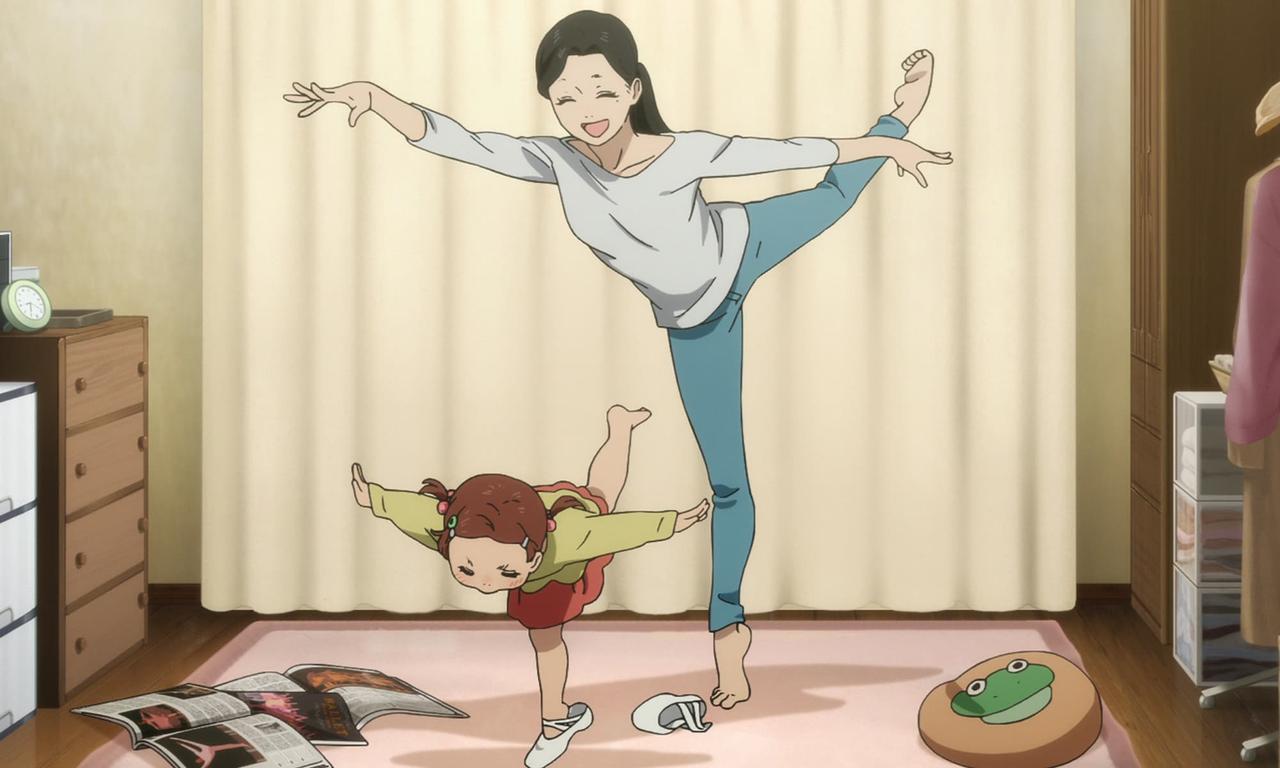
Of course, these kinds of sequences aren’t without their risks. We don’t know any details about the Acrobatic Silky. Her name and her daughter’s name are both unsaid. How long she was dead before she latched onto Aira is a mystery. We only know that she loved her daughter and that love persisted into the afterlife, twisting and turning her into the yokai we saw in the anime. The details aren’t important, though – it is the emotional connection the sequence builds with the viewer that makes her later sacrifice work.
Dan Da Dan continues to be one of my favorite anime of the year, with brilliant action and some hilariously inappropriate moments mixed in. Yet, it is the emotional moments like this that will stay with me long after this season ends. By having the courage to tell the story without dialogue, it becomes a more emotionally devastating sequence and the show is better for it.
Want to know what's coming up next in pop culture? Check out Popverse's guides to:
Follow Popverse for upcoming event coverage and news
Find out how we conduct our review by reading our review policy
Let Popverse be your tour guide through the wilderness of pop culture
Sign in and let us help you find your new favorite thing.


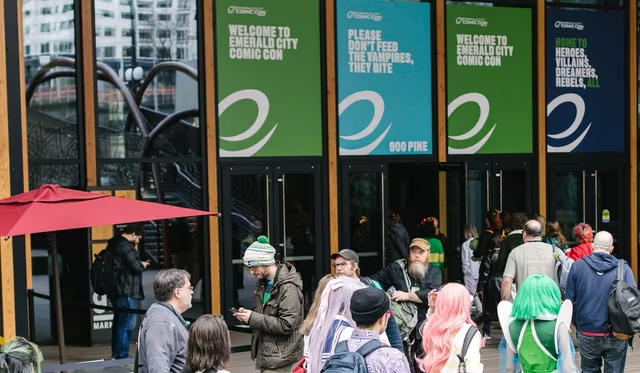


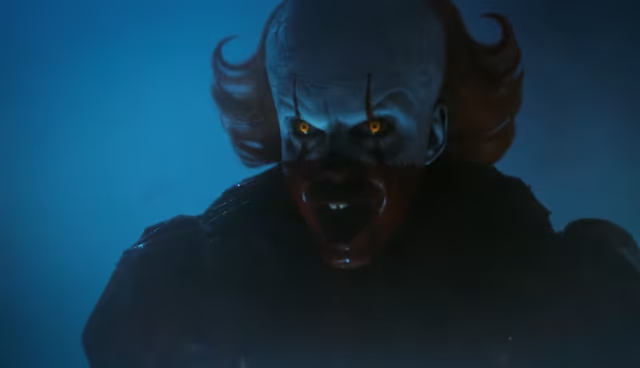



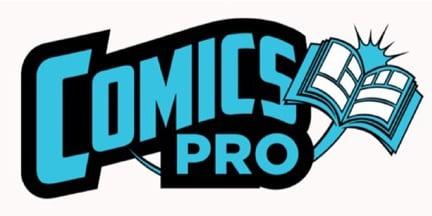





Comments
Want to join the discussion? Please activate your account first.
Visit Reedpop ID if you need to resend the confirmation email.